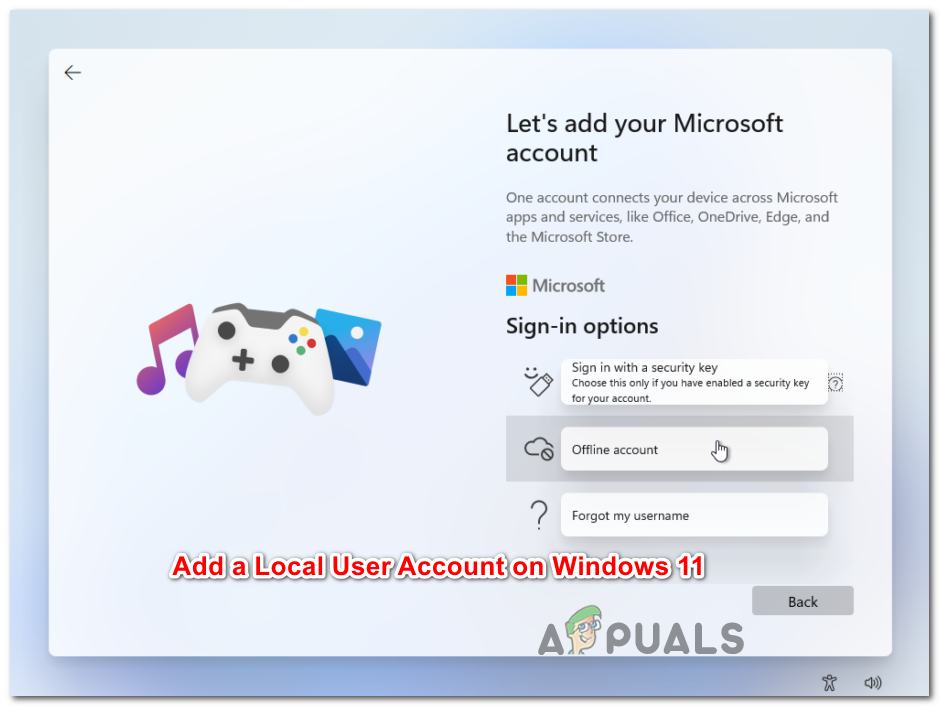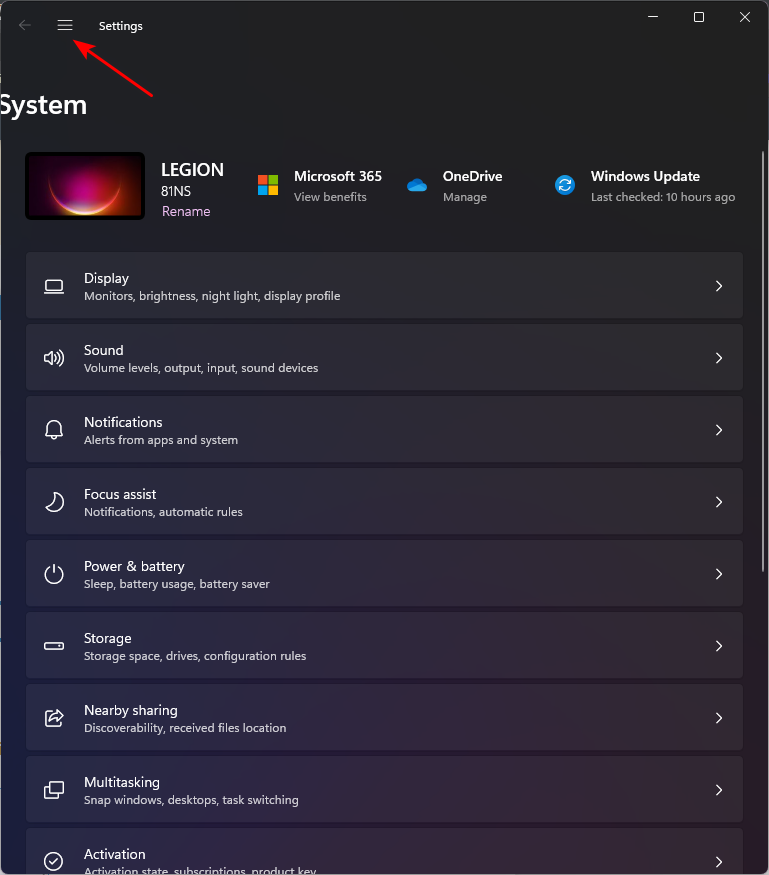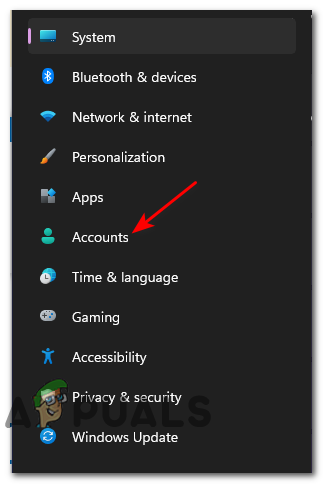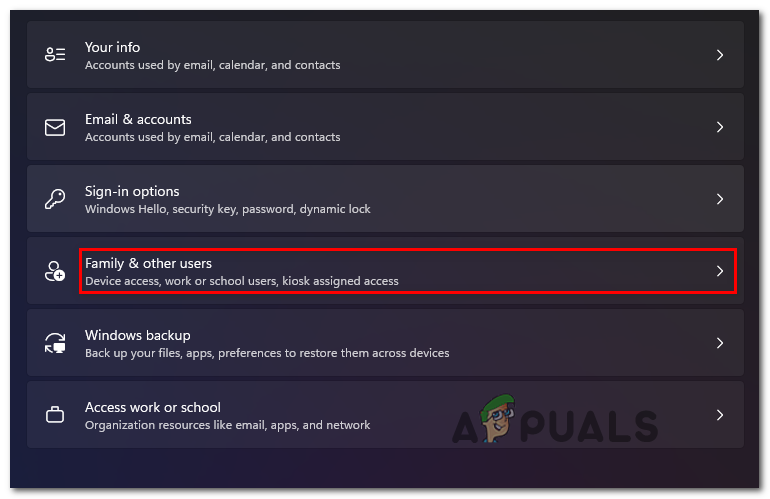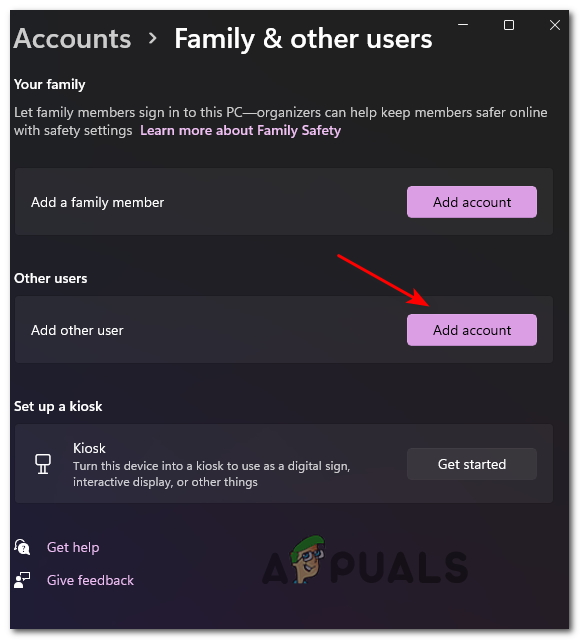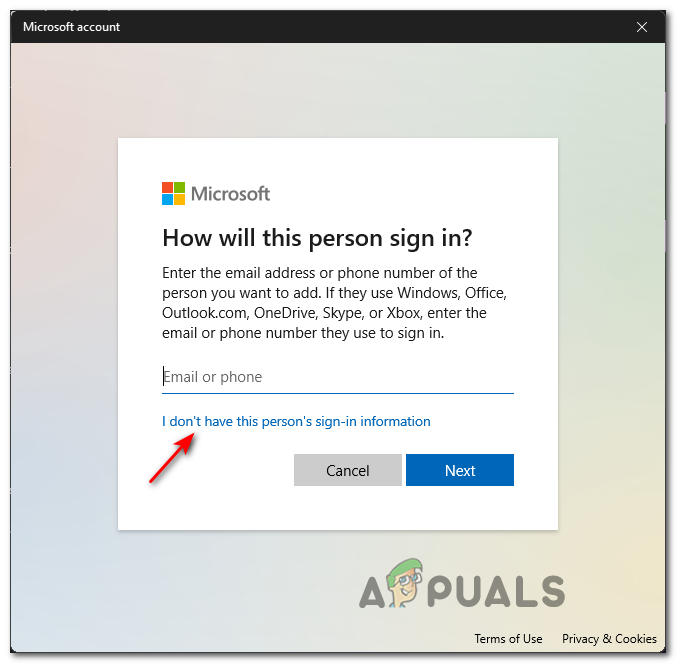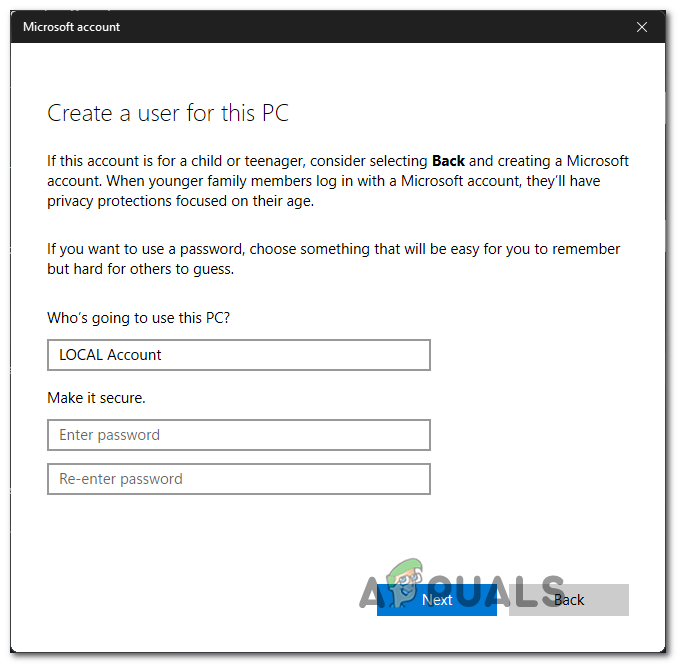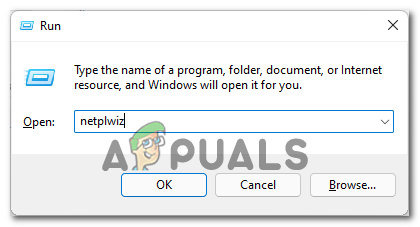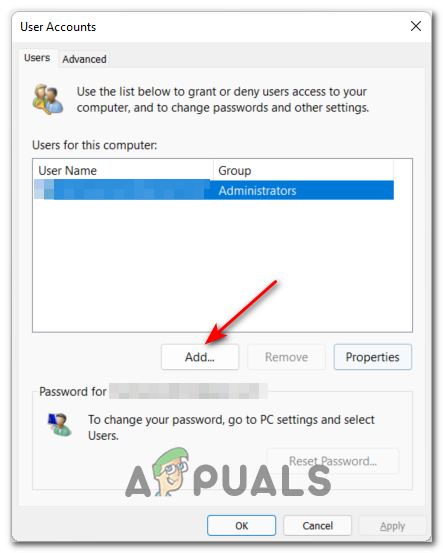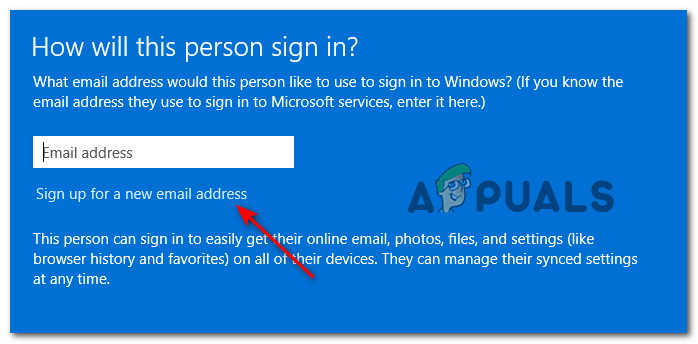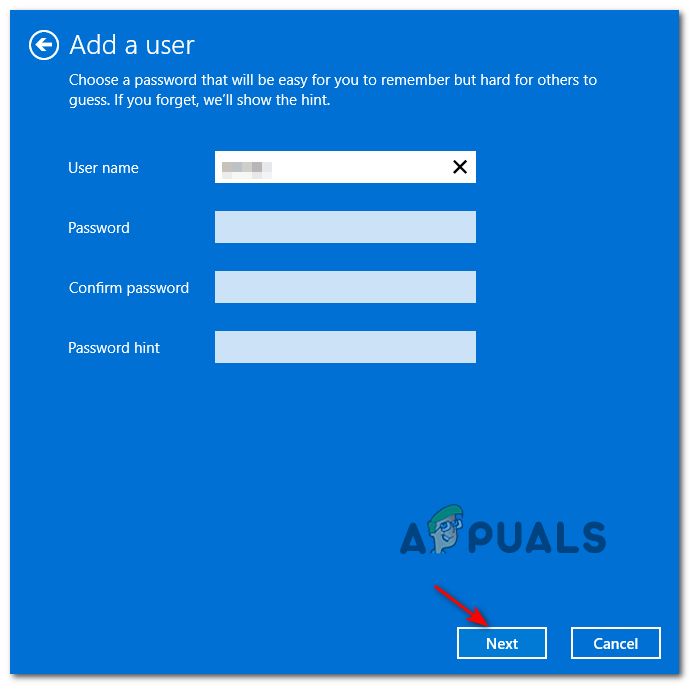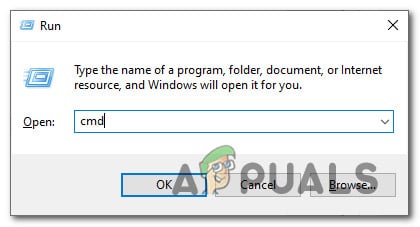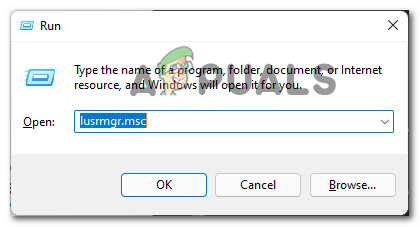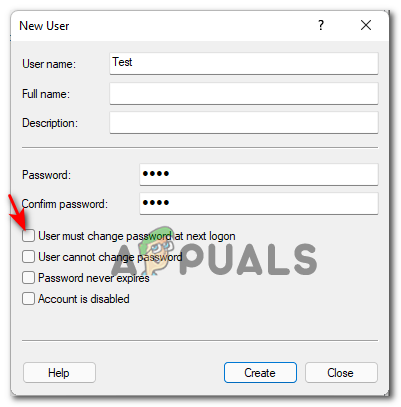Add a New Local Account on Windows 11If you share your Windows 11 PC, it makes a lot of sense to create different accounts in order to give everyone their own sign-in info, personalized access to their own files, and favorite settings – In this case, creating a Local account for all your Windows 11 users is the quickest way since it’s super fast and you won’t need to convince everyone to create a Microsoft account.
Why should I use a Microsoft account?
Before you let go of your Microsoft account in favor of a local equivalent, you need to be aware of the advantages that a Microsoft account brings:
You can download apps from the Microsoft Store – On Windows 11, you will not be able to download and install any UWP (Universal Windows Platform) apps from the native Microsoft Store. You might also need a Microsoft account to run certain desktop programs that are reliant on a Microsoft account integrationSync all Online content in Microsoft apps Automatically – If you’re a fan of Microsoft automatically syncing your Word, Excel, Powerpoint, and other files that you create inside the Office Suite, keep in mind that you’ll lose this ability once you make the switch to a local account.System-wide settings syncing – Migrating from one PC to another with a Microsoft account is hassle-free considering that all your system settings along with your browser history will be migrated along with every other personalized setting. But once you go local, you’ll lose this ability completely.
What should I expect with a Local User account on Windows 11?
If you’re using multiple PCs, you will need to create a local account for each PC that you use. Additionally, your settings and browsing data will not sync between your local accounts.Although it’s not safe from a security standpoint, using a local account on Windows 11 will allow you to remove the account password allowing your operating system to boot directly.Every time you need to download something from the Microsoft Store, you will need to sign in with a Microsoft account if you don’t find a desktop equivalent for that program.
Now that you understand the advantages and drawbacks of using a local account instead of a Microsoft account on Windows 11, we’ll show you how to create a new local account from scratch. Note: Keep in mind that when you create a new account, the account will be a standard user by default. You can, however, elevate the permissions of that account to the administrator later on if necessary. As of now, we have found four different ways of creating a new local account on Windows 11. Every method will ultimately help you achieve the same thing, so feel free to follow the steps that are closer to your preferred way of doing things on Windows: Important: All of the methods featured below will require you to be signed as an administrator.
1. Add a new Local Account via Settings
2. Add a New Local Account via User Accounts
3. Add a New Local Account via Command Prompt
4. Add a New Local Account via LuSRMGr
Important: You will only be able to enforce this method as long as you are using Windows 11 Pro, Windows 11 Enterprise, or Windows 11 Education. The Home edition will not have the Local Users and Groups utility, so you will not be able to replicate the instructions below.
FIX: Your Microsoft Account wasn’t changed to a local account 0x80004005Fix: Can’t add new user account on Windows 10How to Create a New User Account and Transfer all the Data to it?How to Fix All Local User Accounts Missing from the Login Screen
